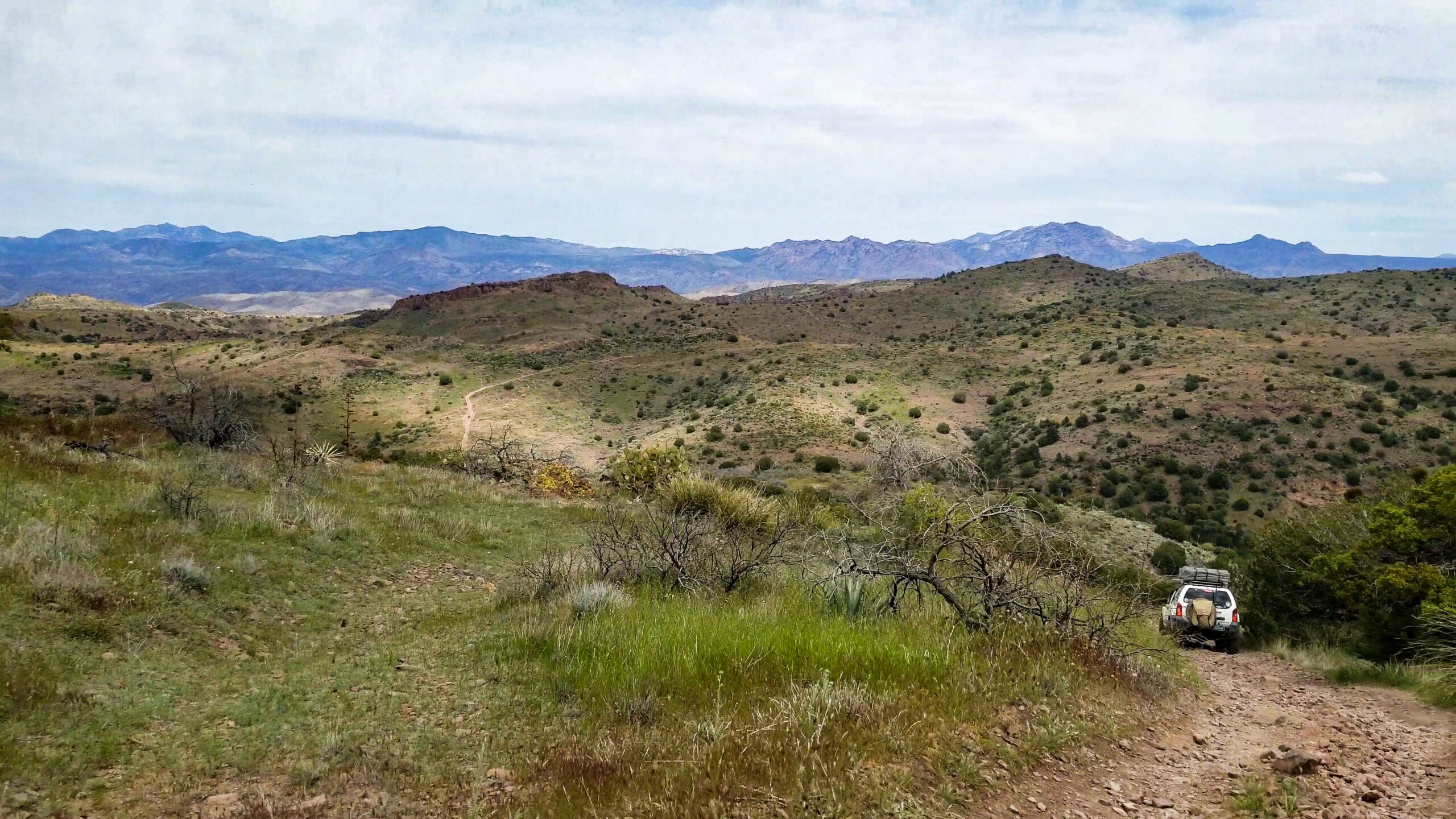Your cart is currently empty!
Posted in
Setting the Record Straight on Wolves…Another Frame of Reference
by Bonnie Brown-Eddy and Janie Van Winkle
In response to the June 20th column Setting the record straight on wolves in Colorado, “Setting the record straight” with inaccurate information may be an effective fundraising strategy but does nothing to help wolf management in Colorado.
In 2020, voters passed Proposition 114 (wolf reintroduction) by an extremely narrow margin of 50.91 percent with 49.09 percent of voters opposed. Wolf activists sold voters a “Bill of Goods” on wolves and “coexistence” when they failed to provide voters with accurate information about the impacts of wolves on livestock and other prey species, and the questionable efficacy of non-lethal deterrents. Buyer’s Remorse is rearing its ugly head as the media reports on the continued killing of livestock by wolves. Ironically, another confirmed wolf kill was announced June 20th, bringing the total to 25 kills, encompassing three counties: Grand, Jackson, and Routt.
Ms. Malone states “proactive, appropriate conflict reduction strategies were not put in place for their arrival. This lack of preparation is the No. 1 reason we are seeing conflicts arise.” Conflicts are occurring, in part, because Colorado Parks and Wildlife (CPW) released wolves with a known history of livestock depredation (killing). As for conflict reduction strategies, CPW refused to provide the release location to area ranchers, and still refuses to provide timely wolf location data to ranchers. Non-lethal deterrents are at best temporary and always expensive. How can ranchers effectively manage when they don’t even know where the wolves are?
Ms. Malone overplays her hand using the “public lands” card, and doubles down with a red herring by throwing in a non-applicable lease fee. None of the 25 documented livestock killings by wolves have occurred on federal grazing allotments. All of livestock killings have occurred on private property and some State Land Board property that the livestock owner has a legal contract to graze livestock.
Throughout the development of the Colorado Wolf Restoration and Management Plan we were told that stock-killing wolves would be lethally removed. Instead, it appears CPW is held on a short leash by the Governor’s office and unable manage depredating wolves. So far wolves have killed 25 head of cattle, 3 sheep, and 3 dogs; consequently, negative headlines abound and anger with the lack of agency action grows. We appreciate CPW’s efforts on non-lethal deterrents, but they are proving ineffective. Non-lethal deterrents are a part of management, but they are not the cure-all that is pitched with the co-existence narrative.
Continuing to let chronic depredators kill livestock is a recipe for disaster, as this behavior will be taught to their offspring. The Colorado wolf management plan says nothing (as in zero) about requiring a sustainable population before lethal removal of chronic depredators. There will be more wolves released and born, and hopefully they will focus on their natural prey species instead of livestock.
I was one of the individuals that represented livestock owners during the development of the 2004 Colorado Division of Wildlife’s management plan for migrating wolves. Although we were a very diverse group we all agreed that wolves would be left alone when they weren’t causing problems and problem wolves (depredators) would be removed. That objective was carried forward and referenced in the 2023 CPW management plan for wolves. Unfortunately, due to politics that common sense policy is not being followed.
Of Colorado’s 66.3 million acres, farmers and ranchers own an estimated 31.8 million acres that provides habitat to an extraordinary number of wildlife species, not just wolves. Part of the “Bill of Goods” sold to voters was that wolves would be on public land, ignoring the fact that during the winter months moose, deer, elk, and other wildlife migrate to lower elevations (often times private property) to survive the winters. Another pesky fact that was swept under the carpet was habitat fragmentation and land use. It was inevitable that there would be significantly more conflicts with wolves and livestock in Colorado (than in the Northern Rockies) because of our limited unoccupied habitat. Wolves are thriving in the Northern Rockies. From the original 1990’s release of ~67 wolves in Wyoming and Idaho, there are now over 2,000 wolves on the landscape, even with using hunting and lethal take to manage wolves. Lethally removing chronic livestock-killing wolves in Colorado when necessary does not hurt the overall wolf population.
Lashing out at ranchers that are suffering the consequences of this ill-fated ballot initiative is a poor bargain indeed, as is capturing wolves and ripping them out of their home ranges and dumping them out in the crowded and complex environment that is Colorado.
We hope that Colorado Parks and Wildlife can soon regain their autonomy to manage wildlife; and that our farmers and ranchers have timely wolf location data that will assist them in protecting their livestock within the Colorado Wolf Restoration and Management Plan framework.
[Bonnie Brown-Eddy is the Executive Director for the Colorado Wool Growers Association and has worked on wildlife/livestock conflicts for the past 24 years and Janie Van Winkle is a 4th generation Mesa County rancher and past President of the Colorado Cattlemen’s Association].
Subscribe to RANGE magazine
Call 1-800-RANGE-4-U
The post Is Colorado suffering “buyer’s remorse” following disastrous wolf introductions? appeared first on RANGEfire!.
Tags:
You may also like…

Visit the AZBackroads.com Store

Please Become A Member
We need your help to keep our backroads open. Please join today!








